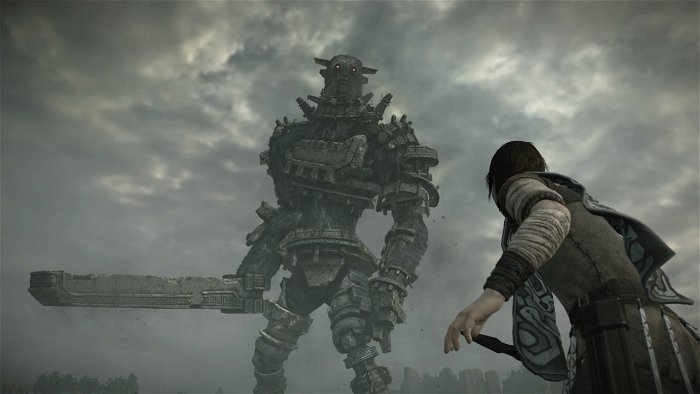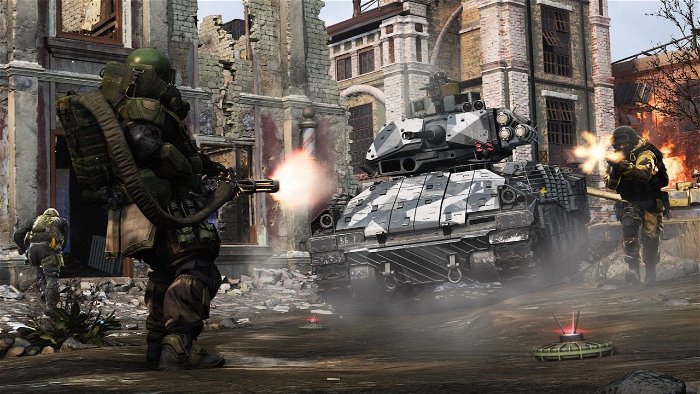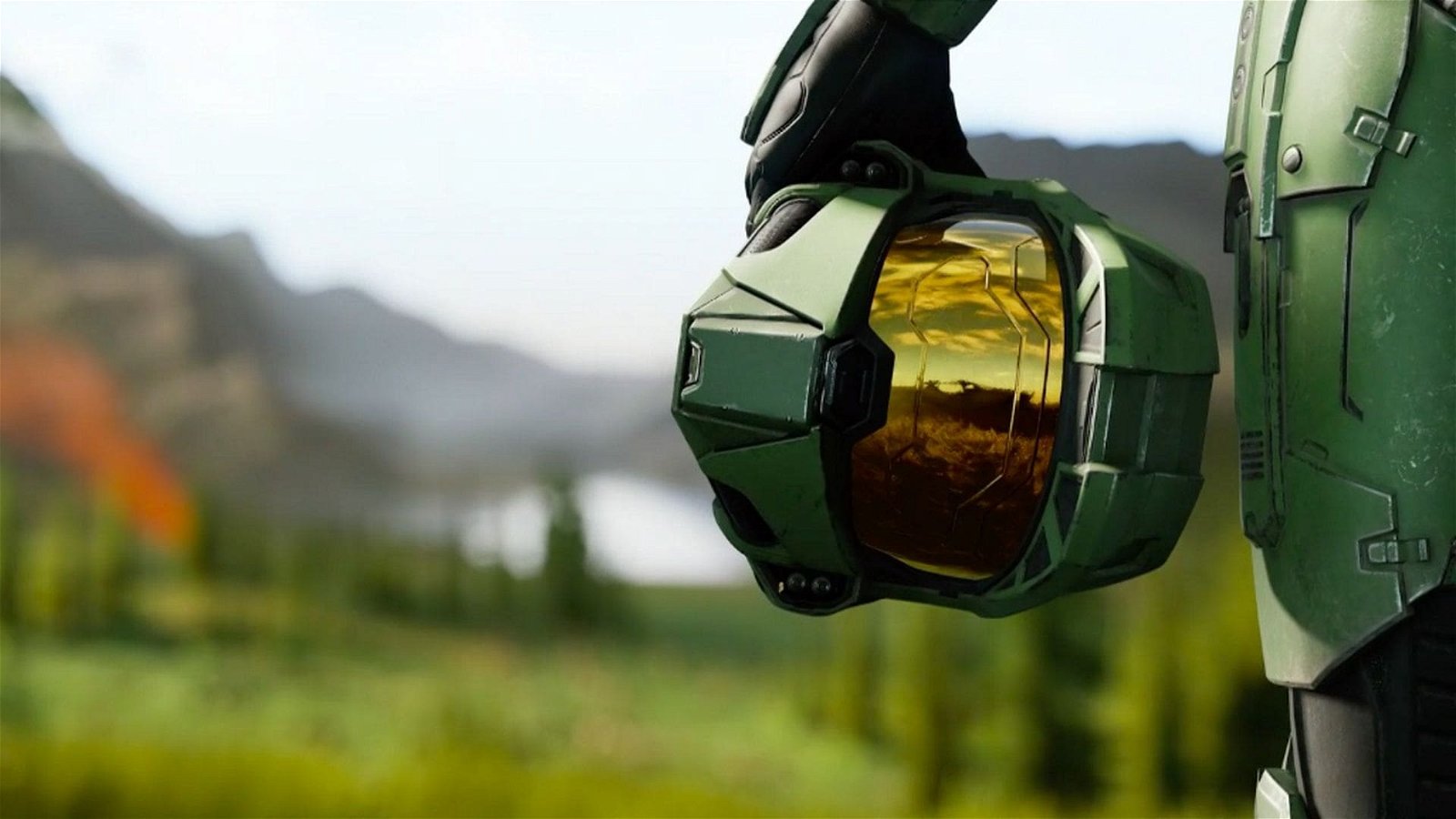Stopping to admire a high-resolution view of an open-world landscape should be a breathtaking thing to see over current-generation systems. But many releases don’t necessarily feel great when the world starts moving again at 30 frames per second (fps).
Reasonably, current next-generation consoles deserve credit for pushing past the graphical limits of the PS3 and Xbox 360. High fidelity remasters and tacked-on “next gen visual” features were enough to keep players impressed over a healthy decade of releases.
Developers have also proven 60 frames can become a staple feature. It’s also a former high bar that needs to become the minimum for Sony and Microsoft’s upcoming consoles.
Following Xbox’s first move in announcing the Xbox Series X (originally Project Scarlett) at The Game Awards 2019, its expectations were obvious for going further in technology.

It also became a point of interest for Xbox head Phil Spencer, telling Stevivor last month the Xbox One X effectively enhanced visuals. Despite this, Spencer’s goals were apparent in wanting “games to feel as amazing as they look.”
Spencer’s comments also addressed a sign of the times for an aged feature; 30 frames a second for today’s games don’t screen tear cut it anymore.
I had always focused on fun before graphics and performance ever since the PlayStation 2 filled living rooms 20 years ago. It’s also when games were pushed to run at 30fps. The console had tested Sony’s own ability to push open worlds into the system through Shadow of the Colossus. Team Ico had struck a balance in dynamic bloom, motion blur and draw distance for spotting the game’s sparse enemies.
The game’s 30 frame cap also struggled to keep up with the incredibly detailed world, dropping to stutters which distracted some players, including GameSpot writer Brad Shoemaker (who docked the game for this issue in his 2005 review).

But its evolution over the PlayStation 3 and PlayStation 4 had given developer Bluepoint Games a chance to revisit frame rates. Its admirable update surprised players in two ways:
- Its PS4 port would let Shadow of the Colossus run at 60 frames per second.
- It’s only reserved for the PS4 Pro
Visuals became a large selling point for Colossus’ latest remake, but players were once again screen-torn between its “Cinematic mode” (Pretty at 30 frames) or “Performance mode” (Less pretty at 60 frames).
Simply put any possible port for the PlayStation 5 should provide a seamless experience without such compromise.
Doom (2016) executive producer Marty Stratton echoed Spencer’s words during the development of the long-awaited reboot. In an interview, he told GameSpot maintaining 60 frames was a key for the fast-paced gunplay while “the mantra of our technology team is that we want to be the best-looking game out there at 60 FPS and 1080p. So you draw that line in the sand.”
This balance paid off during release, only hitting demon slayers with small frame drops.
Id Software Lead Renderer Programmer Tiago Sousa later told Digital Foundry it had reached the visual/fps balance through “res scale”, turning down some in-game qualities to keep the 60 frames up in busy scenes.
While not noticeable at first, Dynamic Resolution Scaling is a technique best described by Ars Technica as putting a game “under full 1080p” for real-time performance. A game with the feature runs smoothly at the cost of graphics – a compromise modernized through Dynamic Resolution.
In the case of Halo 5: Guardians on the Xbox One, another Digital Foundry test explained it maintained 60 fps but “spends the overwhelming majority of its time” below standard 1920×1080 showings.
Dynamic Scaling is a fair technique for developers in making games perform under intense visual weights. More recent titles including Star Wars Jedi: Fallen Order showed the technique didn’t always act like a band-aid. The game initially locks at the dreaded 30 frames, but its own performance mode struggled to reach 60 frames.
As usual, DF had compared the limits for the Xbox One X and PS4 Pro. Fallen Order peaked at just under 45 frames on 4K screens for the One X. Surprisingly, the game’s “uncapped” frame rate with lower graphics would spring from 60 to 40 frames in what Forbes called “uneven gameplay.”

A rollout of new consoles in the 2020s gives developers more space to solve frame rate issues and compromise a lot less. It also continues to set 60 frames as a minimum standard. For the first Call of Duty game to reach ninth-generation systems, rotating developers would continue their own mantra of pushing graphics and keeping performance (and vice-versa). 2007’s Modern Warfare for consoles had kept this value consistent and set an example for every major release through today.
Developers have had plenty of time breaking past the 30 fps bubble, through steps taken in Xbox One and PS4 consoles. I’m optimistic the next consumer hardware is a much-needed leap that fully realizes this.





